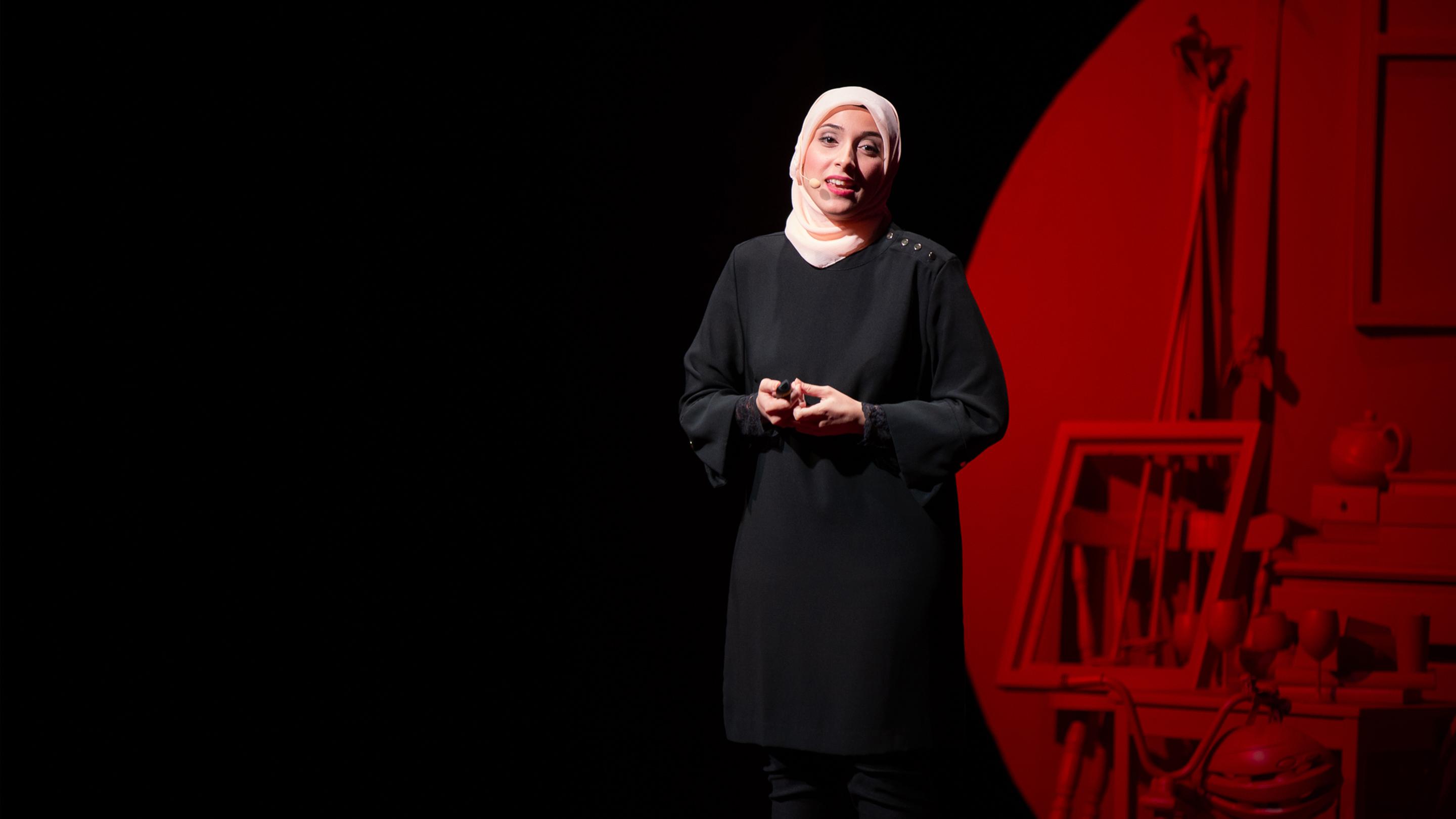She takes a blood or spit sample from a patient, electrons are shot into the sample, the electrons will interact with any communication molecules present, and this interaction gives information on the identity of the bacteria, the type of communication, and how much of bacteria are talking.
Bacterial conversation consists of an initiative and a reaction. A production of a molecule responds to it.
In order to coordinate and organize, bacterias communicate by using signaling molecules. When bacterias are few, the molecules fall away; but when there are many, the signaling molecules accumulate, and the bacterias are able to sense and keep track of how many they are. When there are many enough, they talk and initiate a new action.
The tool can detect two opposing bacterial families battling with swordlike organelles where they try to kill each other by stabbing and rupturing each other. Whichever families wins this battle becomes the dominate bacteria.
Her device caught bacterial conversations in more than half of the patient samples that were diagnosed as negative by traditional methods. Half of these patients went home thinking they were free from infection, despite carrying dangerous bacteria. The bacteria were coordinating a synchronized attack within these wrongly diagnosed patients.
